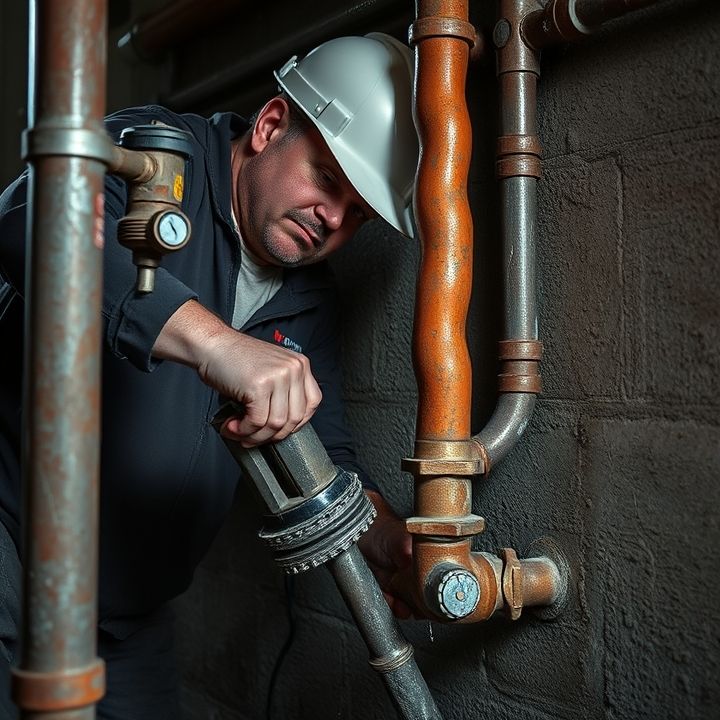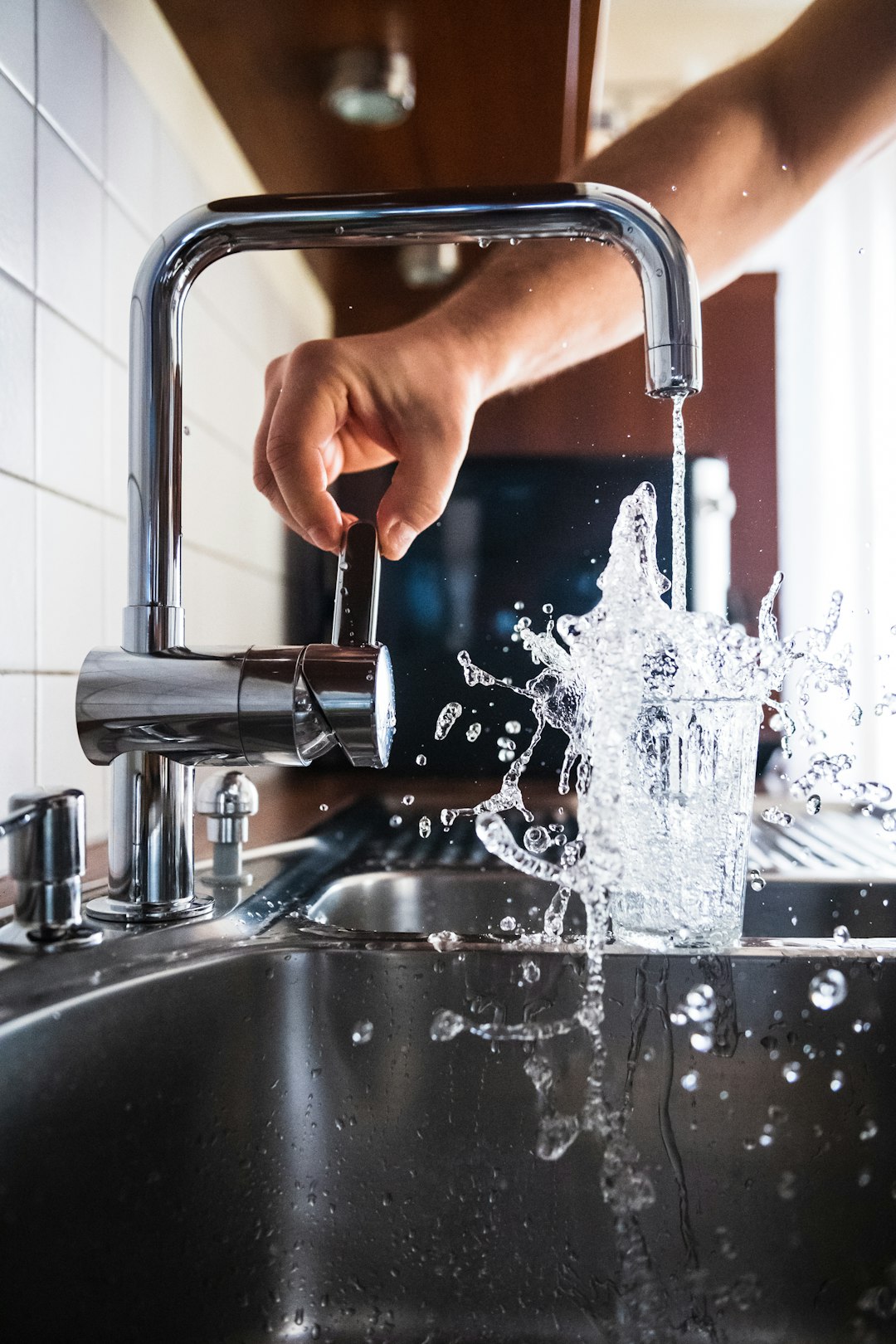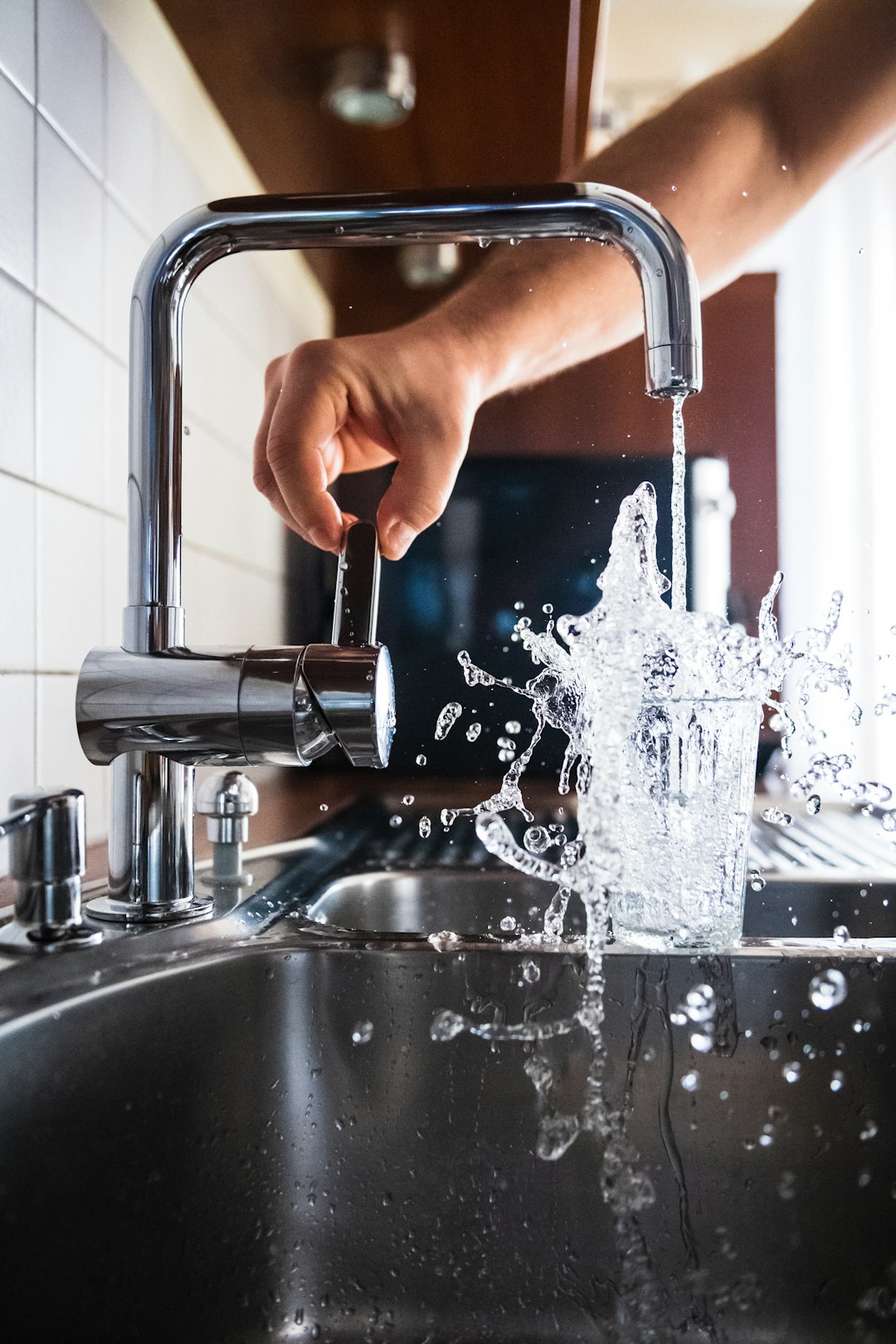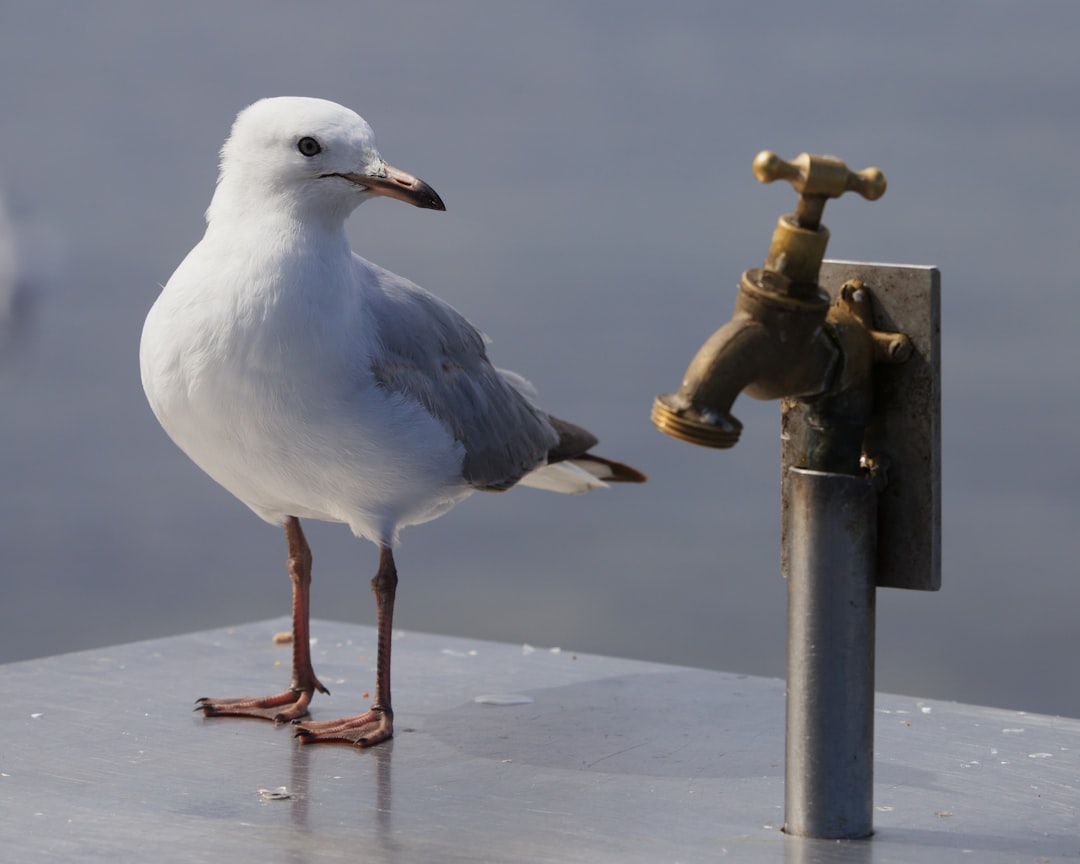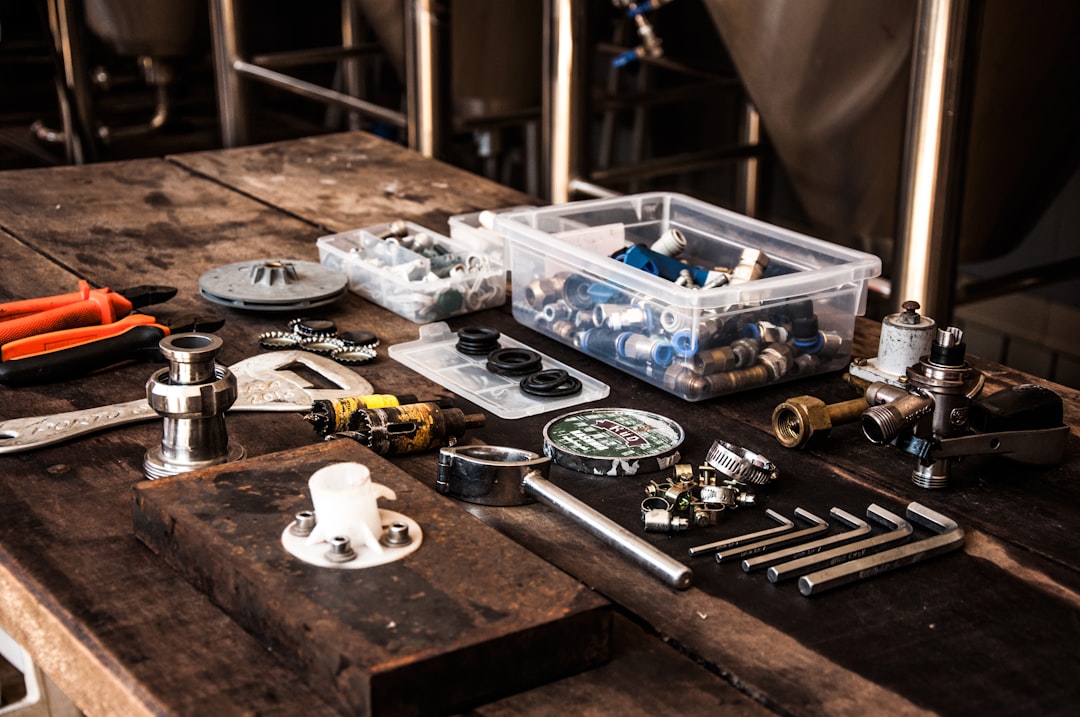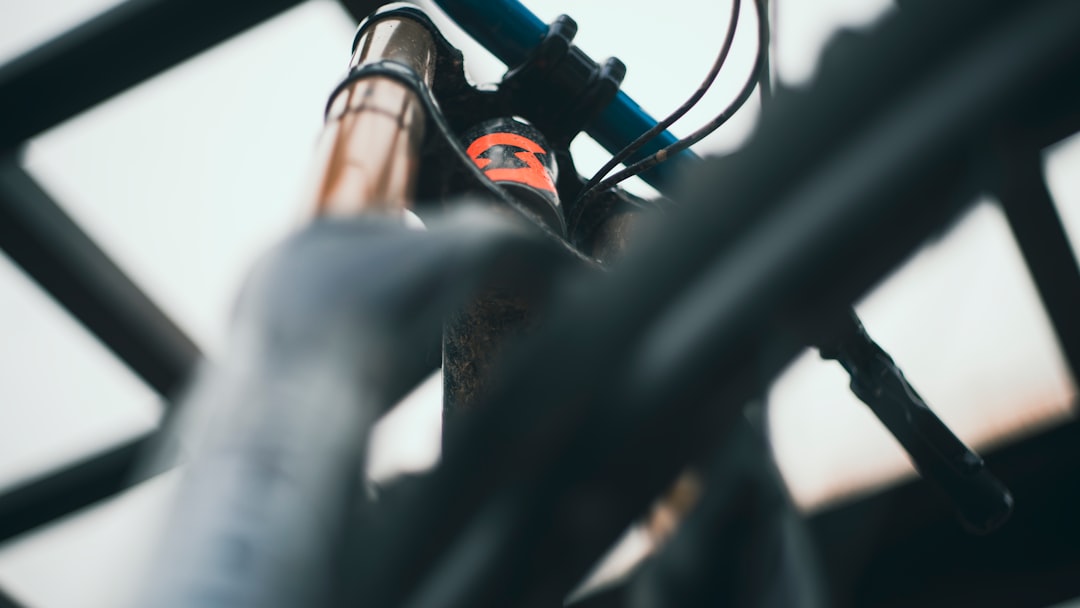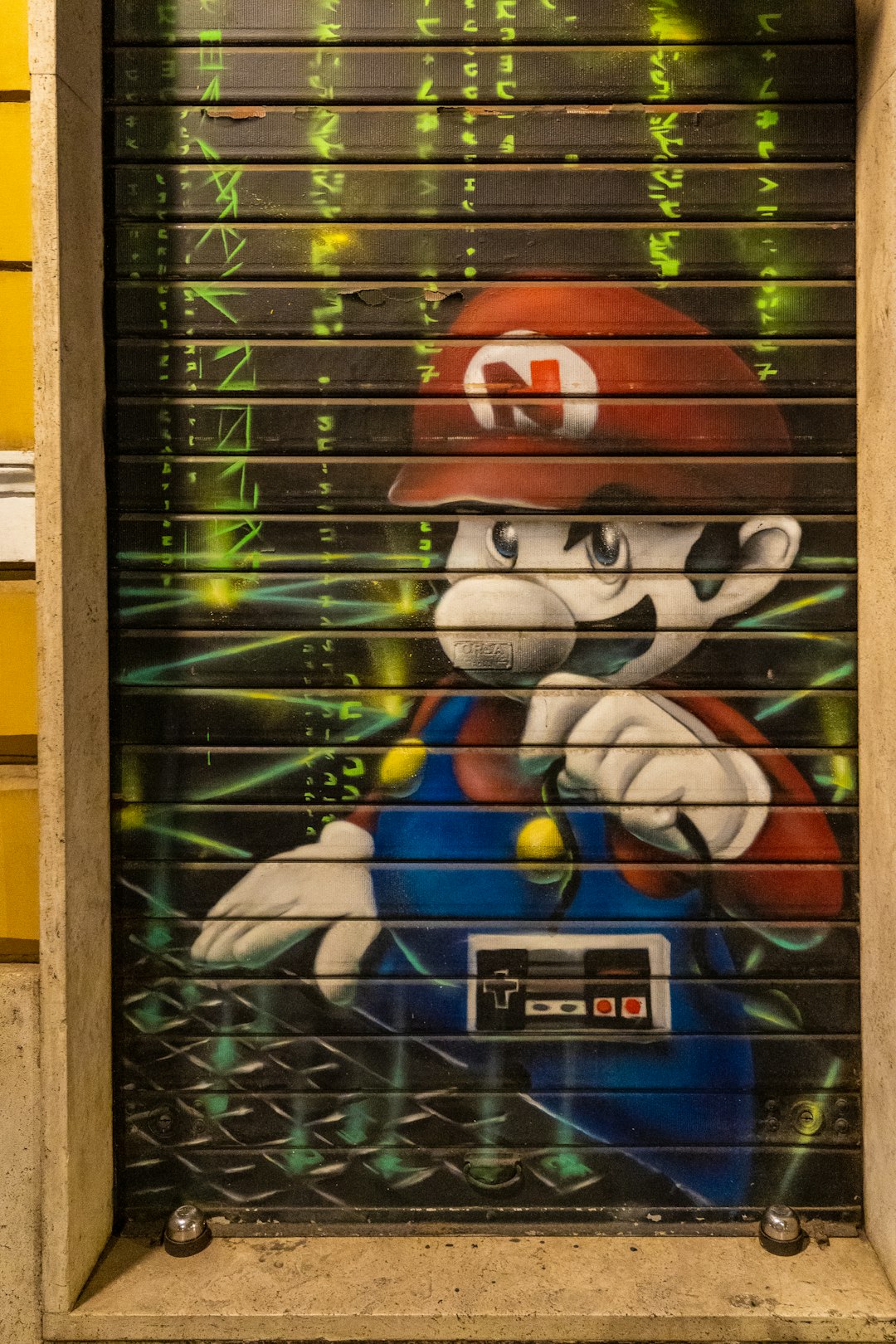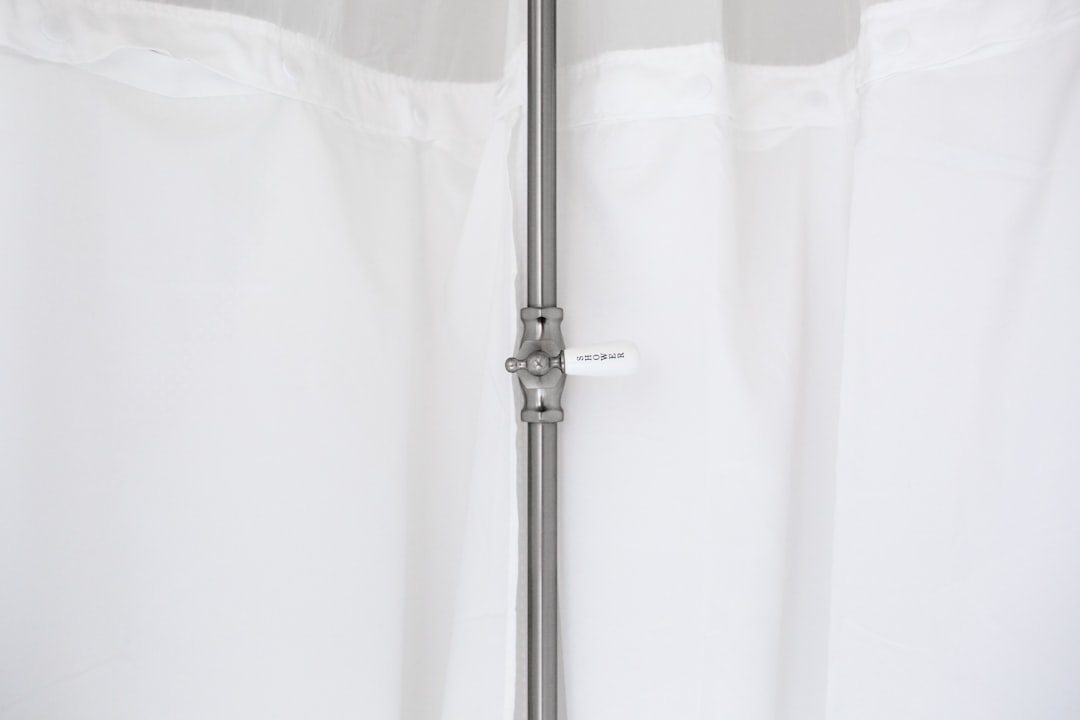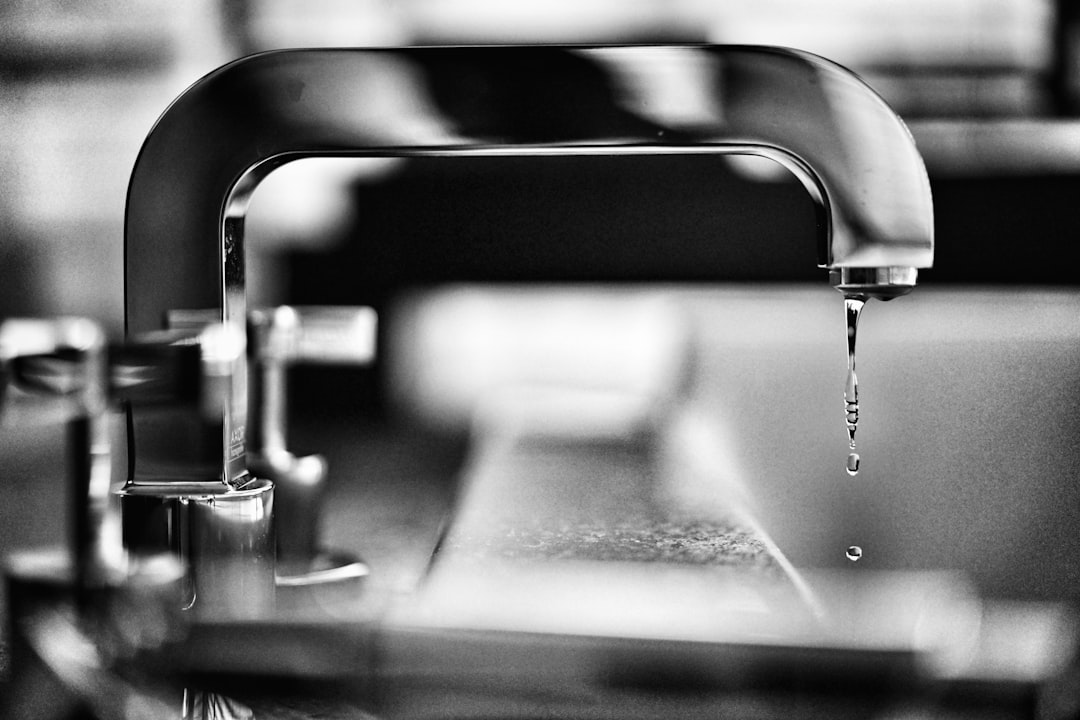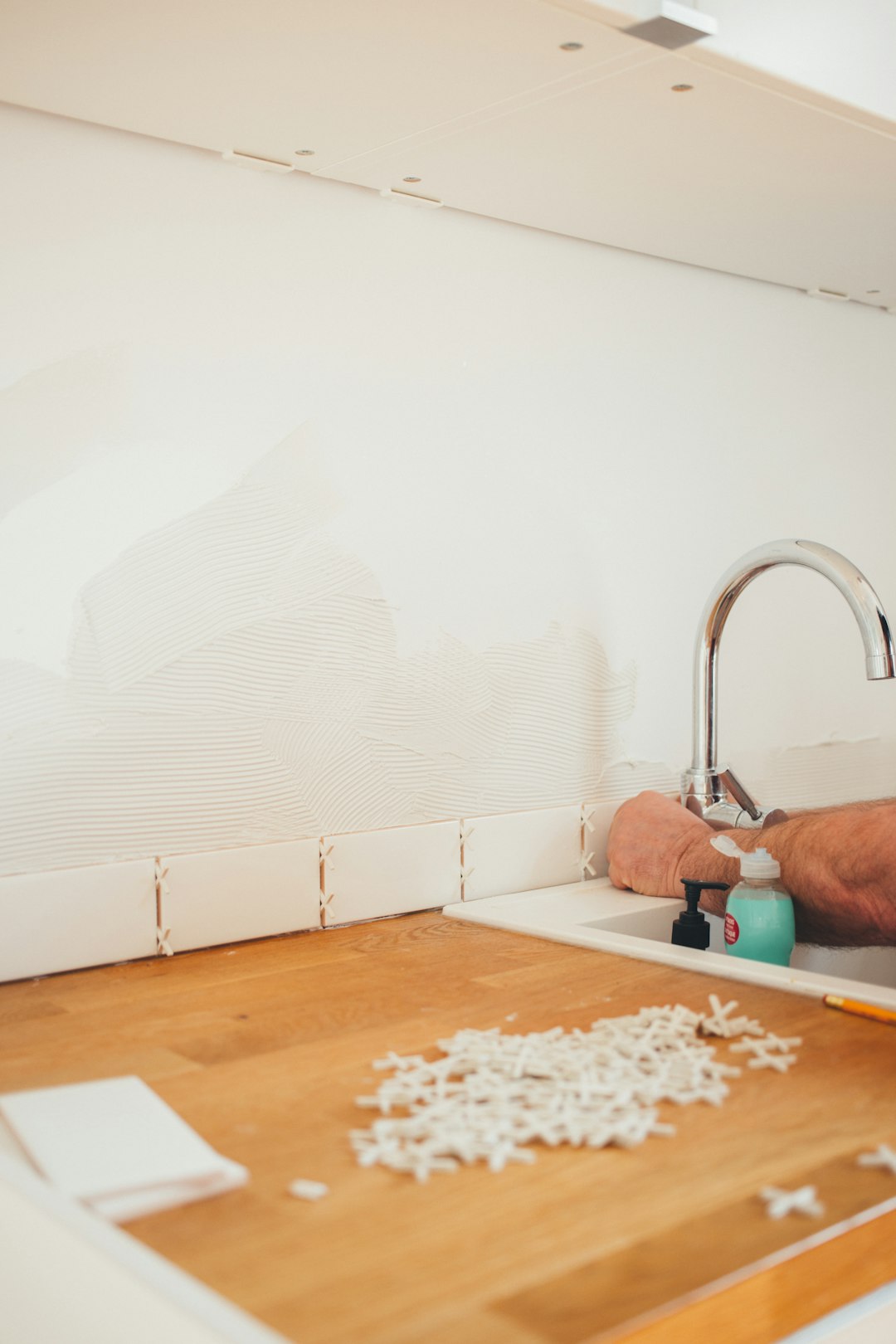Table of Contents
- Introduction
- Regular plumbing inspections to identify issues early
- Importance of plumbing drain cleaning and maintenance
- Signs of plumbing emergencies and when to call for help
- Techniques for plumbing leak detection and repair
- Proper installation and maintenance of plumbing fixtures
- How to address plumbing water heater failure signs
- Preventive measures to avoid plumbing backflow problems
- When to consider plumbing repiping or replacement services
- Conclusion
- Frequently Asked Questions
Introduction
Welcome to the world of plumbing! It’s an essential part of our homes that often goes unnoticed—until something goes wrong. From hidden leaks to unruly toilets, plumbing issues can quickly escalate into costly disasters if not addressed promptly. That’s why maintaining your plumbing system is vital for every homeowner.
In this article, we will unravel the top 10 essential tips to keep your plumbing running smoothly, sparing you from unwanted surprises and ensuring your home remains a sanctuary of comfort. Whether you’re a seasoned DIY enthusiast or a novice homeowner, these practical insights will empower you to take charge of your plumbing maintenance.
So roll up your sleeves, grab your toolbox, and get ready to dive into our expert advice that will help safeguard your home from unnecessary plumbing woes!
Regular plumbing inspections to identify issues early
Regular plumbing inspections are vital for maintaining the integrity and functionality of your home’s plumbing system. By scheduling inspections at least once a year, homeowners can identify potential issues before they escalate into costly repairs. During an inspection, a professional plumber will examine your pipes, fixtures, and appliances for signs of wear, leaks, or blockages.
Early detection of problems such as slow drains, unusual noises, or water pressure changes can save homeowners from significant headaches down the line. Additionally, regular inspections allow for the assessment of older plumbing systems, which may need upgrades to meet current standards.
Homeowners should not overlook the importance of routine maintenance. Apart from inspections, simple tasks like checking for damp spots, monitoring water bills, and ensuring proper drainage can help maintain a healthy plumbing system. By staying proactive and vigilant, you can significantly extend the lifespan of your plumbing infrastructure and ensure your home remains comfortable and functional.
Importance of plumbing drain cleaning and maintenance
Regular plumbing drain cleaning and maintenance are essential for the overall health of your home’s plumbing system. Clogged drains can lead to a multitude of problems, including slow drainage, unpleasant odors, and even structural damage from leaks. Keeping your drains clean helps prevent these issues by ensuring that wastewater flows freely through your pipes, reducing the risk of backups that can cause significant inconvenience and financial strain.
Moreover, neglecting drain maintenance can lead to more severe problems, such as corroded pipes or plumbing emergencies that require costly repairs. It is advisable to conduct routine inspections and cleanings to remove debris, grease, and other buildup that can contribute to clogs. By employing preventive measures like using sink strainers and avoiding the disposal of inappropriate items down the drain, homeowners can greatly extend the lifespan of their plumbing systems.
In addition, regular maintenance allows homeowners to identify potential issues early, leading to timely repairs and less disruption in daily life. Overall, understanding the importance of plumbing drain cleaning is key to maintaining a functional and efficient plumbing system.
Signs of plumbing emergencies and when to call for help
Recognizing the signs of plumbing emergencies is crucial to maintaining your home’s plumbing system. One common sign is water pooling around fixtures or in your basement, which may indicate a serious leak. If you notice a drop in water pressure, it could suggest a bigger issue, such as a burst pipe. Additionally, if you encounter frequent clogs that require repeated snaking or plunging, it may point to a more significant blockage in your plumbing.
Another red flag is the presence of odd smells, particularly sewage odors, which could signify a sewer line problem. Similarly, if you hear gurgling sounds from your drains, this can imply that air is trapped within the system, indicating a potential obstruction.
If you experience any of these issues or if your water heater is leaking, it’s important to call for professional assistance immediately. Prompt action can prevent further damage and save you money in costly repairs down the line. Knowing when to seek help is key to preserving the integrity of your home’s plumbing.
Techniques for plumbing leak detection and repair
Detecting and repairing plumbing leaks is essential to maintaining an efficient plumbing system. One common technique involves visual inspection, where homeowners can check for visible signs of leaks, such as water stains or mold growth on walls and ceilings. Additionally, listening for dripping sounds in quiet areas can help identify hidden leaks. Another method is the use of moisture meters, which can detect elevated moisture levels in walls or floors, indicating a potential leak.
For repair, homeowners can often begin by tightening loose fittings and connections. If a leak persists, using plumbing tape on threaded joints can create a watertight seal. In some cases, a pipe clamp or epoxy putty may be necessary for temporary fixes until a permanent solution is made.
When leaks are located in hidden pipes or walls, using advanced techniques like infrared imaging can also help pinpoint issues without invasive methods. Regular maintenance, such as checking for corrosion and replacing worn-out washers, can prevent leaks before they occur.
Proper installation and maintenance of plumbing fixtures
Proper installation and maintenance of plumbing fixtures are essential for ensuring the longevity and efficiency of your home’s plumbing system. When installing fixtures such as sinks, toilets, and faucets, it is important to follow the manufacturer’s instructions carefully. This includes ensuring that all connections are tight and sealed to prevent leaks. Additionally, using the right tools and materials will help to guarantee a secure installation.
Regular maintenance is crucial for keeping plumbing fixtures in good working condition. This includes checking for leaks, which can lead to water waste and potential damage if left untreated. Cleaning aerators and showerheads can help maintain water flow, and inspecting the plumbing lines for any signs of corrosion or wear can prevent larger issues down the road.
Furthermore, being mindful of what is disposed of down drains can minimize clogs and damage to pipes. By dedicating time to proper installation and ongoing maintenance, homeowners can significantly enhance the performance and lifespan of their plumbing fixtures.
How to address plumbing water heater failure signs
Addressing plumbing water heater failure signs promptly is crucial to ensuring your home’s plumbing system operates efficiently.
One of the most obvious signs is a lack of hot water; if you’re experiencing lukewarm or cold water when you expect it to be hot, it may indicate a malfunction.
Leaking water around the base of the heater can also signal serious problems; this could result from corrosion or a faulty seal.
Additionally, unusual noises such as banging or popping may suggest sediment buildup in the tank, affecting its performance.
Rusty or discolored water is another red flag, indicating potential rust within the tank itself.
If you notice any foul odors, this could signify bacterial growth, necessitating immediate attention.
Regular maintenance can help prevent these issues, but being aware of these signs will allow you to act quickly when problems arise, minimizing any potential damage or cost associated with plumbing water heater failures.
Preventive measures to avoid plumbing backflow problems
Preventive measures to avoid plumbing backflow problems are essential for maintaining a functional plumbing system in your home. Backflow occurs when water flows in the reverse direction, which can lead to contamination of potable water. One effective way to prevent this issue is to install backflow prevention devices, which are designed to keep water from flowing back into the main supply. Regular maintenance of these devices is crucial, as they can wear out over time.
Another important measure is to ensure that your property’s drainage system is functioning properly. This includes regularly cleaning and inspecting gutters and downspouts to prevent blockages. Additionally, avoid pouring grease or large food particles down the drain, as this can lead to clogs. Educating family members about proper waste disposal can also minimize risks.
Lastly, having your plumbing system professionally inspected on a routine basis can help detect potential problems early. By adhering to these preventive strategies, you can significantly reduce the risk of backflow issues in your home’s plumbing system.
When to consider plumbing repiping or replacement services
When considering plumbing repiping or replacement services, it’s essential to recognize specific signs that indicate your plumbing system may need attention.
One clear indicator is frequent leaks and water damage. If your pipes are constantly leaking, this can lead to costly repairs and even structural damage if not addressed promptly.
Another sign to look for is diminished water pressure. If you notice a sudden drop in water pressure throughout your home, it could imply corrosion or blockage within the pipes.
Additionally, rusty or discolored water can suggest that your pipes are deteriorating, especially in older homes with iron or galvanized plumbing.
Strange noises such as banging or gurgling in the pipes can also indicate that your plumbing system is in distress.
Lastly, if you experience frequent drainage issues, this may necessitate a thorough inspection and potential repiping to restore proper function. Addressing these issues sooner rather than later can help safeguard your home and ensure that your plumbing system operates efficiently.
Conclusion
In conclusion, maintaining your home’s plumbing system is essential for avoiding costly repairs and ensuring a safe and comfortable living environment. By following the top 10 tips outlined in this article—from regular inspections and drain cleaning to recognizing signs of emergencies and understanding when to call a professional—you can keep your plumbing in prime condition. Don’t wait for leaks or failures to disrupt your daily life; being proactive will save you time, money, and stress in the long run. If you encounter any plumbing issues or have concerns about your system’s health, do not hesitate to reach out for help. Call 573-555-2121 today to get expert plumbing assistance and ensure your home’s plumbing runs smoothly and efficiently. Your home’s comfort is worth it!

